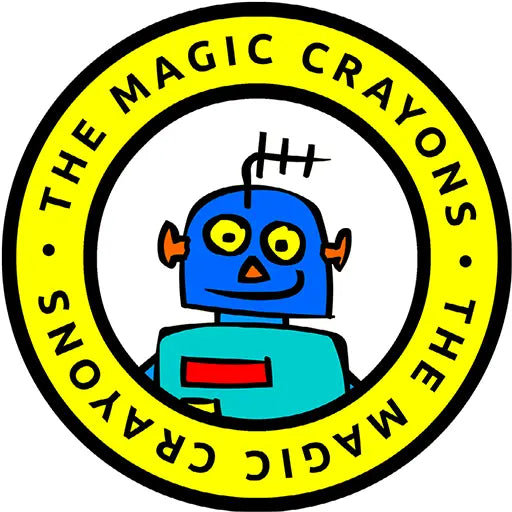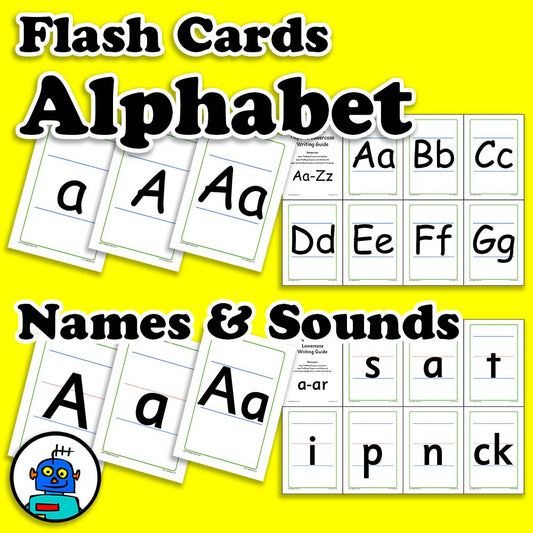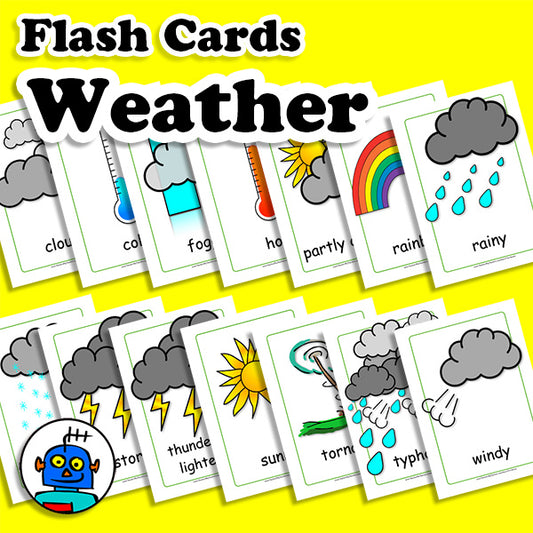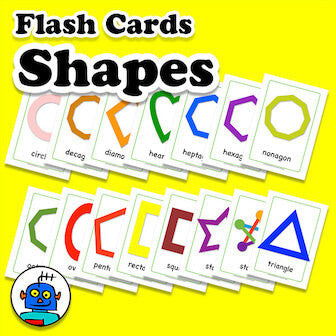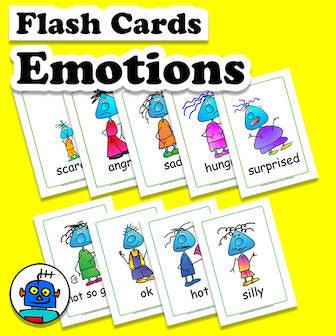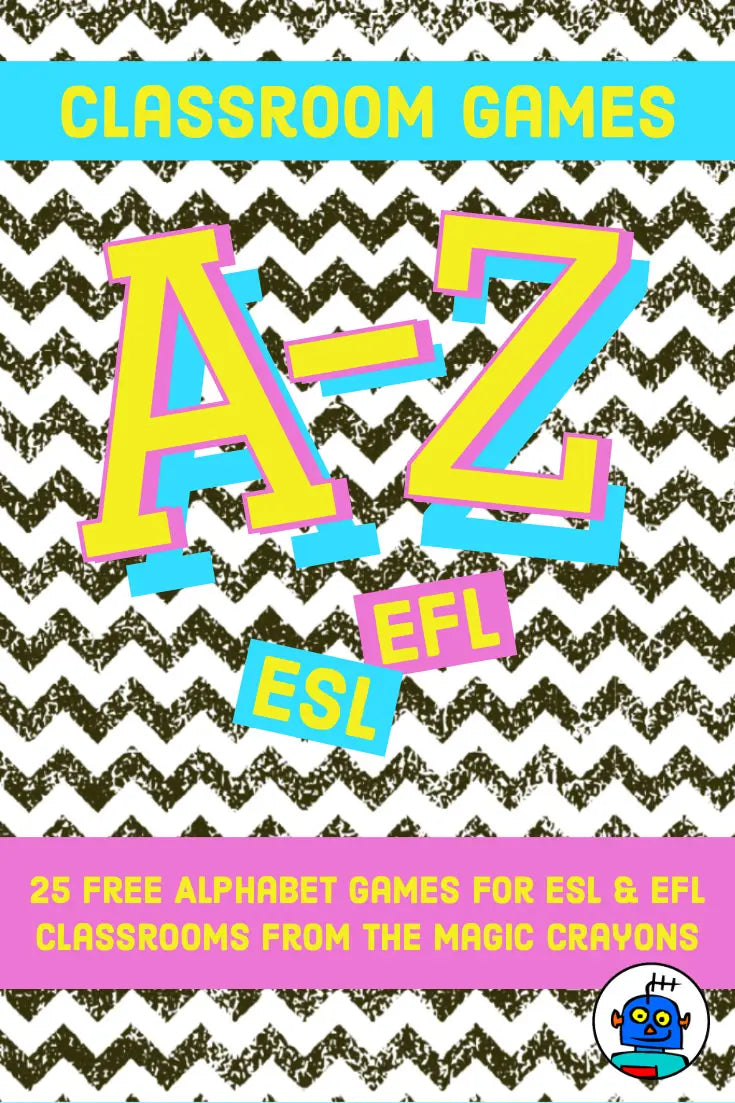>Games >Alphabet Games
-
1. Chopsticks
Resources
- Chop Sticks (Amazon #Ad)
- Alphabet Flash Cards
- Scraps of paper with individual letters written on them (at least 3 sets)
How to play
Two teams, with the pile of alphabet papers across the room. Place a flashcard down in front of the first students on each team, who race to the letter pile and pluck out the first letter of the flashcard’s word (“elephant”) with their chopsticks before passing the chopsticks to the next student in line.The first team to spell out the entire word scores a point. (The chopsticks add a level of wacky difficulty to this activity, which can be played just as easily without them).
Note: For kagai lessons, you may want to get the students to prepare the alphabet scraps with you before playing the game.
-
2. Alphabet Muckup
Resources
How to play
Two teams, each with a shuffled set of alphabet cards. Have the teams race to place their sets in correct alphabetical order. Older classes may be able to order a second set of lower case letters as well.
Note: It may be necessary to interfere with one team’s progress if they are too fast compared to the other team. This is easily done by stealing and/or hiding cards, making a general nuisance of yourself, etc.
Note: This game is easily adapted to computer classes, with teams of two or three students racing to type the alphabet. -
3. Alpha Hopscotch
Resources
- Alphabet Flash Cards (Large size)
- Jumbo Dice (Amazon #Ad)
How to play
Arrange the alphabet cards in a hopscotch pattern on the classroom floor. Students either throw a die (or jumbo dice) & hop the appropriate number of cards in the pattern or hop across the entire thing, calling out the letters as they go. Award bonus points for speed, accuracy, & action-packed hopping.
-
4. Grandmas Steps
Resources
How to play
Review cards. Line up children along one wall of the classroom. Stand on the other side with the flashcards. Do "shuffle, shuffle" then get kids to call out "stop!". Reveal the action card and get kids to move towards you using that action. Be creative and invent actions for football and basketball etc for Cho's. Call out "stop!" and get the kids to freeze. Any kid who doesn't freeze has to go back and try again from the starting wall. Kids who manage to touch the wall you are standing next to (the goal wall) are champion. Works best in a big room, such as the hall, or brilliant outside (if anyone else teaches outside!).
-
5. The Toilet Game
Resources
How to play
Review action vocabulary. Designate an area of the room to be the “toilet.” Show students a flash card and have everyone perform the action together. Yell stop! Any student who continues to move is thrown into the toilet. Continue until there is a winner.
-
6. Feet Writing
Resources
- None
How to play
Walk to ‘draw’ letters on the floor for the students. For example, for O, walk in a circle. Students try to guess what letter you’ve walked. There is, of course, no need to restrict your ‘drawing’ to foot action; feel free to ‘draw’ ephemeral letters with your finger, head, rear end, toes, etc.
-
7. Horse Race
Resources
How to play
Arrange the students in a straight line, side by side. Distribute an alphabet set among the students, making sure that each student receives the same amount of cards. Each student places their cards, face up, in a line leading away from them (make sure that the lines are evenly spaced). Call out a letter (you can either pick one at random or go through the alphabet in order). If a student has that letter as the next one in line (i.e., not anywhere along their line, but directly in front of them), they take a step forward & stand on top of the letter. The first student to reach the end of his line wins.
Note: This game can also be played in teams. Be sure to call out the letters slowly and clearly.
-
English Alphabet Phonics Flash Cards | 16 Sets | Digital Download
Vendor:The Magic CrayonsRegular price $3.00 USDRegular priceUnit price per -
English Weather Flash Cards | Digital Download
Vendor:The Magic CrayonsRegular price $3.00 USDRegular priceUnit price per -
English Shapes Flash Cards, Digital Download
Vendor:The Magic CrayonsRegular price $3.00 USDRegular priceUnit price per -
English Emotions Flash Cards | Digital Download
Vendor:The Magic CrayonsRegular price $3.00 USDRegular priceUnit price per
-
8. Alphabet Fishing
Resources
- Alphabet Flash Cards (2 Sets)
- Alphabet fish with metal paper clips
- Fishing poles with string and magnets (Amazon #Ad)
-
How to play
See video!
-
9. Johnny Jive
Resources
How to play
Two teams, each with two sets of alphabet cards located across the classroom. Show a flashcard to the first student on each team. They must race to find any letter from that word, place it at the head of their team’s line, & tag the next student, who finds the next letter, & so on. The first team to complete the word & say the word scores a point.
-
10 Air Drawing
Resources
- None
How to play
After reviewing the cards you want to focus on, indicate to the students that you will draw one of the cards in the air with your finger. The first student or team to correctly identify what you’ve drawn scores a point. Older students may be able to air-draw the cards themselves.
Note: See also: Back to Back -
11. Alphageddon
Resources
- Alphabet Flash Cards (2 sets)
- Unit vocabulary cards (any unit already covered)
How to play
Two teams. Have them race to place their alphabet sets in correct alphabetical order. One student from each team stands up. Call out a letter of the alphabet. The competing students must turn the appropriate letter card face down and then race to take any card from the flashcard pool across the room that begins with that letter. The team with the most matches when the flashcard pool has been exhausted wins.
-
12. Alpha Scramble
Resources
- Alphabet Flash Cards (2 Sets)
How to play
Give 6 students on each team an alphabet card. Give the same letters to six students on the other team. Count down from ten. The first team to stand in correct alphabetical order at the front of the class gets a point. Continue, changing the alphabet cards each time and making sure that all of the students get at least one chance.
-
13. Alpha Skip
Resources
- None
How to play
Review the alphabet, possibly by doing the ABC song while writing the letters on the whiteboard. Erase a handful of letters, explaining to the students that instead of saying those letters, they must say ‘Boom’ or ‘Splat’ or ‘Oh yeah’ or whatever you decide to have them say instead. Lead them in an alphabet chant, chastising them humorously if they forget to say the correct word of phrase instead of the erased letter.
-
14. Alpha Search
Resources
- Alphabet Flash Cards (2 Sets)
How to play
Students sit in a circle. Place one set of alphabet cards face-up in a 5x5 grid. Review and turn the cards over. Distribute a second set of alphabet cards among the students. One at a time the students attempt to find the location in the grid of the card(s) they’re holding. The students will therefore have to recognise the letters they have and try to remember the position of that letter in the grid. A possible variation is to have them match upper and lower case sets.
-
15. Back To Back Writing
-
How to play
Two (or more) teams sitting in parallel lines, with all students facing the same direction and the whiteboard placed in front of the students on each team. Show the last student on each team an alphabet/number/shape card, which they must trace on the next student’s back and so on up the line. The first player to write or draw the correct letter, number or shape on the whiteboard and name it scores a point for her team.
Note: You will probably have to continually enforce the ‘no hints / no talking’ rule.
-
16. Alphabet Match Race
Resources
- Alphabet Flash Cards (2 Sets)
How to play
Two teams facing each other, each with a set of alphabet cards spread out in front of them. The first student on Team A chooses a letter and puts it in the space between the two teams. Team B must find the same letter in their own set, place it next to the other team’s letter, and correctly identify it within a given time limit. If they are able to do so, the cards are put aside and play continues, with the teams alternating. If they cannot, the card is turned over and counts as a point against them. The team with the most points against them loses.
-
17. Circle The Letter
Resources
How to play
Write random letters, numbers, & words on the board. Call out a letter or number. Students race to circle the correct letter or number. Can also be played in teams or with the students writing and calling out the letters and numbers for the teacher to circle (possibly within a predetermined time limit).
-
18. Cotton Ginny
Resources
- Alphabet Flash Cards (2-5 Sets)
How to play
Shuffle the alphabet sets together and place them face down in the middle of the circle. Each student in turn takes the top card from the pile and places it face up in front of him/her. Play continues, with each student placing his/her next card on the floor next to the last one taken, until a student turns over a card that is already showing around the circle. The two students with matching cards then compete to name a word that starts with that letter. The first student to do so collects his/her opponent’s card and places it on top of his/her own, with a point being scored only when all of the matching letters have been collected by one student (e.g., when one student wins the final matching race and has all four of the ‘A’ cards when four alphabet sets have been used, etc).
-
19. Doubt
Resources
How to play
Students sit in a circle. Distribute two or three sets of alphabet cards. Begin by placing an ‘A’ card (or cards) face down in the middle of the circle. The next student in the circle must place one or all of his ‘B’ cards in the centre after naming, the next student her ‘C’ cards, and so on around the circle. If a student doesn’t have the next letter, he’s forced to cheat by claiming that whatever he lays down is, in fact, the next letter in the alphabet. If he’s caught cheating (i.e. if another student yells ‘Doubt!’ or ‘I don’t think so!’ or ‘Liar!’ or whatever other term you want to target), he must take ALL of the cards in the centre pile. If a student is wrongly accused, however, her accuser must take the cards instead. The first student to get rid of all of his or here cards is the winner.
-
20. Face Off
Resources
How to play
Two teams, sitting facing each other if possible, with a shuffled deck of alphabet cards between them. Turn over the top letter. Whichever team is going first (or, if you like, whoever is able to answer first) calls out a word that begins with that letter. The other team then has to call out another word that begins with that letter. The teams then continue to trade off words in this fashion until a) one team makes a mistake (i.e. calls out ‘Cake!’ when, say, J is the letter in question), b) a predetermined time limit is reached, or c) one of the teams is unable to think of another (or any) word beginning with whatever letter comes up.
-
21. Find Your Partner
Resources
- Alphabet Flash Cards (matching flash cards & alphabet cards (‘D’ & dog, etc))
How to play
Distribute the matching flash cards & alphabet cards to the students (one card per kid). On your command, each student must walk around trying to find his or her partner, either silently or by chanting their cards over & over. Once they’ve located their partners, the students must turn the cards over to you, saying them as they do so (‘D, dog’). Change cards & repeat.
-
22. Go Fish
Resources
-
How to play
Shuffle two sets of alphabet cards together & deal out 5 cards to each student, with the remaining cards going into a pile in the centre. Each student in turn asks any other student ‘Do you have [letter]?’ If the student asked does have the card, it must be surrendered. If not, she tells the first student ‘No, I don’t’ & the first student must take a card from the central pile. Whenever a student collects two cards of the same letter they are named & placed face-up on the floor. The first student to place all of her cards down wins.
Note: It’s also possible, of course, to play the regular version of Go Fish, using a normal deck of playing cards. Insist the students ask & respond in English, however.
-
23. Hangman
Resources
How to play
Write out the alphabet on the whiteboard & demonstrate to the students that they will attempt to guess the vocabulary term you’ve picked by asking for letters of the alphabet. When they ask for a letter that appears in the word you’ve picked, write it in the appropriate empty space in the word (i.e. _A_ for ‘cat’). When they ask for a letter that doesn’t appear, draw another body part of the unfortunate hanged (or hanging) man. It’s probably a good idea to have the flashcards visible so that the students will be able to link the word they’re trying to spell with the images on the cards as they match the letters. Feel free to make appropriately grotesque choking sounds if they continually ask for letters that don’t appear in the word.
Note: This basic activity can be modified in virtually limitless ways. -
24. Letter Puzzles
Resources
- Alphabet Flash Cards
- Index Cards (Amazon #Ad)
- Crayons (Amazon #Ad)
- Scissors (Amazon #Ad)
How to play
Get the students to help you make a whole alphabet’s worth of upper & lower case letter puzzles by writing an upper case letter on the left hand side of each card, the matching lower case letter on the right hand side, & cutting each card in half (probably best if you do the writing & the students do the cutting, unless they’re old enough to write the letters accurately - that is, legibly - themselves). Jumble the whole puzzle together in the middle of the classroom. Students race to make as many letter puzzles as they can in a predetermined amount of time. The student with the most completed puzzles is, of course, the champion.
-
25. Love 'Em And Leave 'Em
Resources
How to play
Students compete in teams or as individuals. Give each team or student two or three sets of alphabet cards. Within a predetermined time limit, the students must spell as many words as possible with their alphabets, with each card only being used once. The team or individual with the highest number of correctly spelled words is the winner.
-
26. Old Maid
Resources
- Alphabet Flash Cards (one lower, one upper case)
How to play
Students sit in a circle. Remove one card from a mixed stack of upper & lower case alphabet cards & distribute the cards to the students. The students remove any pairs from their given cards for points. The first student takes a random card from her neighbour. If it matches one that she already has, she lays the pair down for another point. Play continues in this way around the circle until one student is left with the odd card.
Like it? Share it?
Best selling gifts
-
Backhoe Trucker Cap, Adult C004
Vendor:The Magic CrayonsRegular price $30.00 USDRegular priceUnit price per -
Personalized Yellow 8-Wheeled Crane Mug
Vendor:The Magic CrayonsRegular price From $20.00 USDRegular priceUnit price per -
Unisex Hypoallergenic Cuffed Beanie with Embroidered Forklift - Perfect for Drivers and Operators
Vendor:The Magic CrayonsRegular price $27.50 USDRegular priceUnit price per -
Forklift Certified Trucker Hat In 13 Colors
Vendor:The Magic CrayonsRegular price $30.00 USDRegular priceUnit price per
